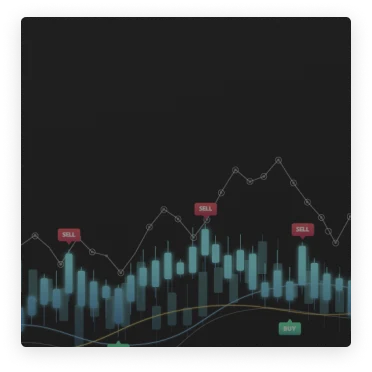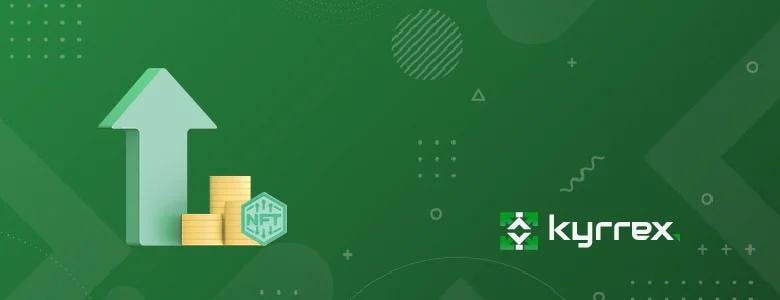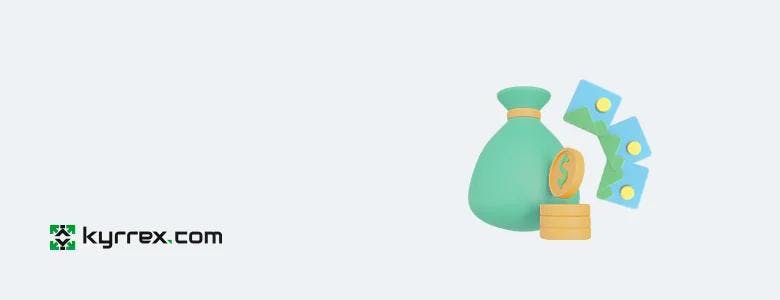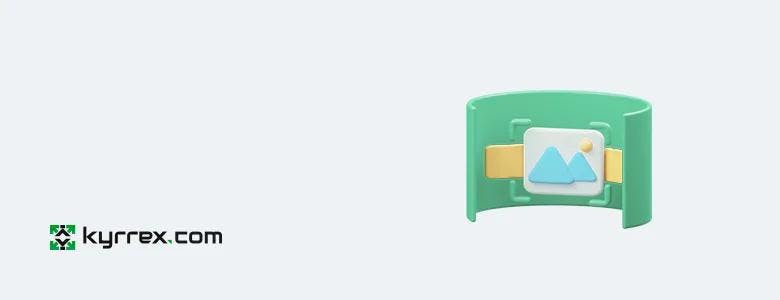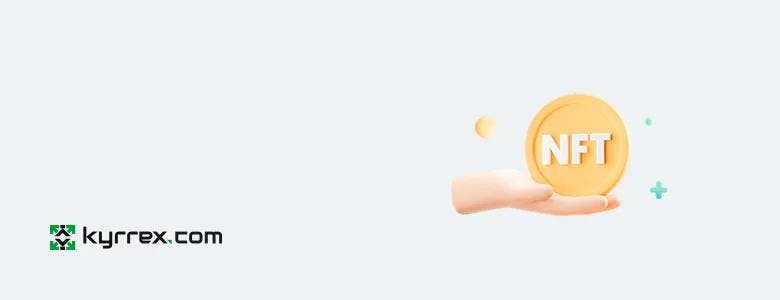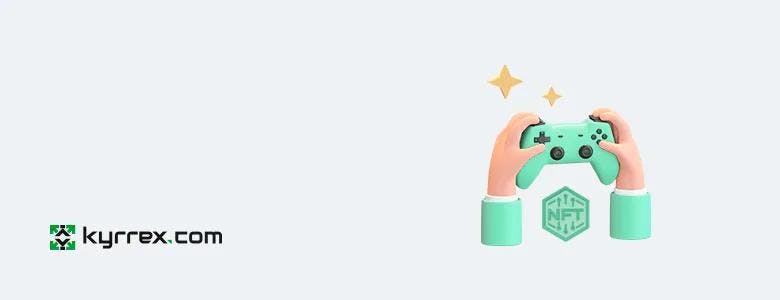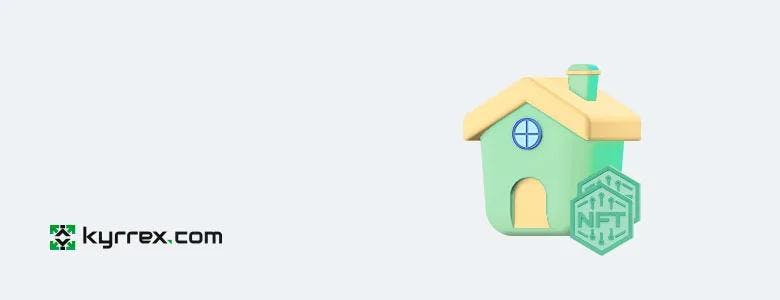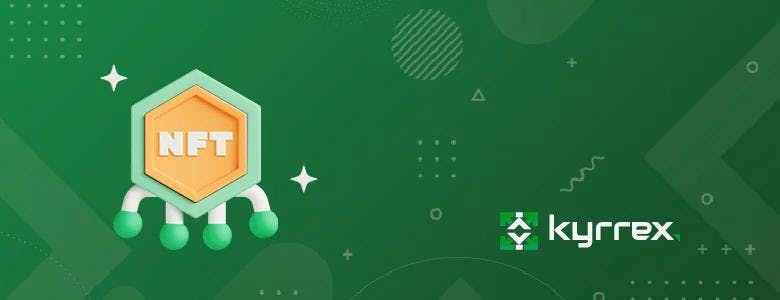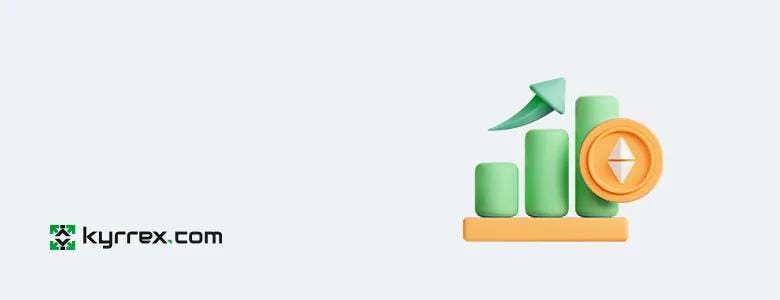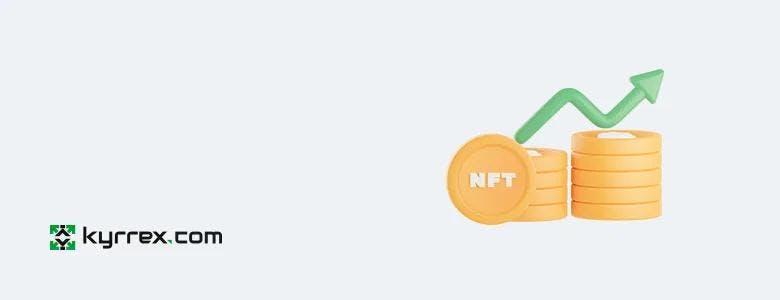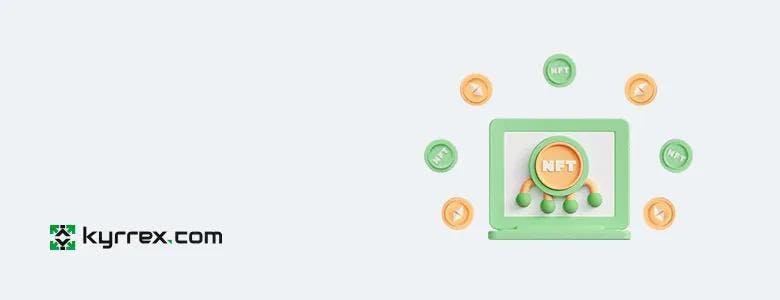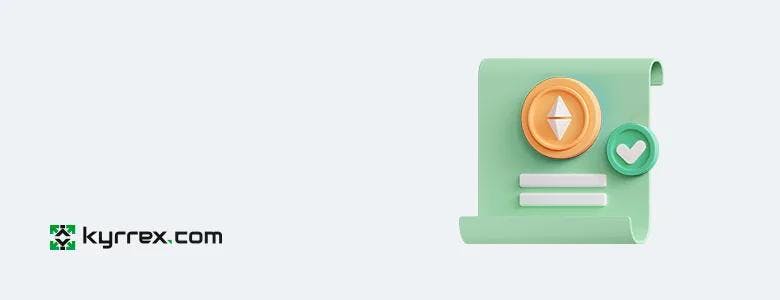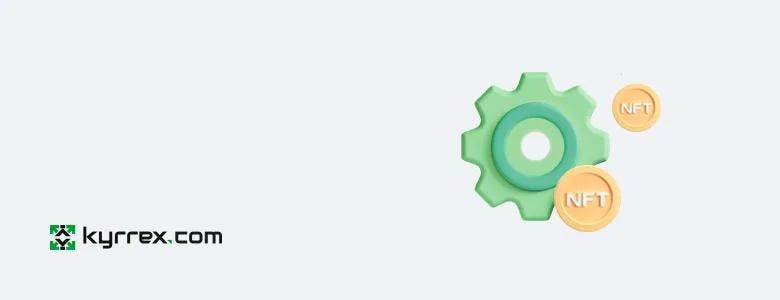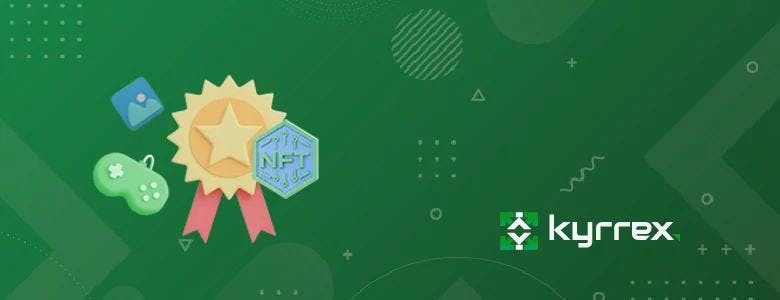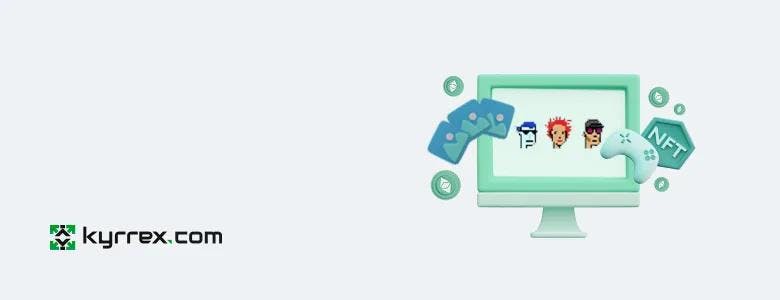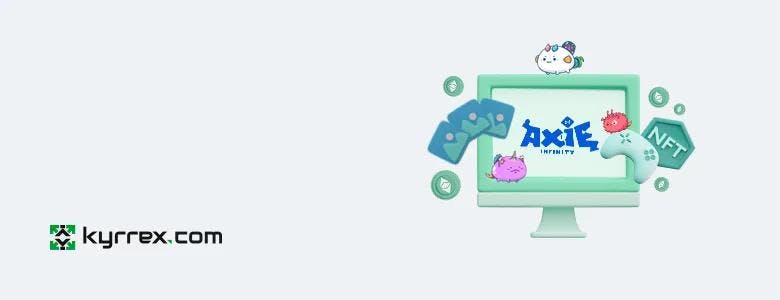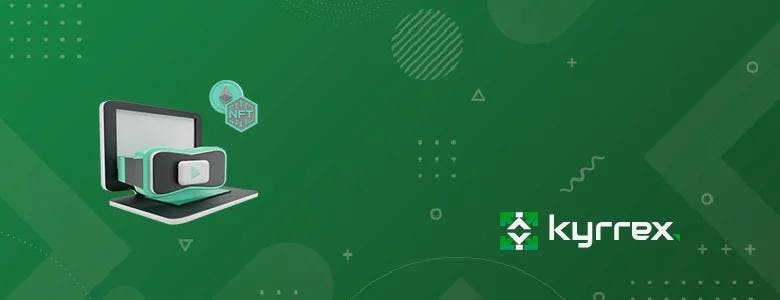
Meta Universe: Virtual Gaming, NFTs and the Currency Question

Blockchain technology is the gift that keeps on giving. The original goal was simple: a fast and censorless way to digitally transfer value from person to person.
Soon, it became clear that the blockchain is the window to a brave new world of decentralized innovations. Smart contracts followed, along with the ability to issue new tokens on an existing blockchain's protocol.
So far so good, but what really took things to a whole new level were NFTs, or non-fungible tokens. These tokens represent ownership of a physical, digital or virtual asset and each one is unique and cryptographically distinguishable. An NFT can stand for virtually anything—property, a meme, an activity, art, you name it.
NFTs became the anchors for virtual gaming on the blockchain. Blockchain-based games, in their various guises, use NFTs as in-game characters, land, loot, weapons, cards, and other game assets.
The latest games using Web 3.0 technology like Axie Infinity, CryoWar and Star Atlas, blend the current trends in blockchain—DeFi, DAOs, NFTs—with traditional gaming to create fully-developed play-to-earn experiences for digital natives.
This synthesis of gaming elements with core cryptocurrency mechanics defines what is now known as GameFi. GameFi are crypto games with some kind of token economics. Players earn in-game currency as they progress and can convert their winnings to other cryptocurrencies. They can also trade, rent or exchange their assets with other players, depending on the game.
The Metaverse
Just like online games are merely one aspect of the overall Internet experience, GameFi is just one segment of the new virtual world powered by blockchain. A crypto game like Mines of Dalarnia creates an action-adventure universe where players can fight enemies, mine new weapons and gear and farm collectibles. But what if you can do other things, besides gaming, in this virtual world?
Welcome to the metaverse.
The Next Big Thing in Crypto?
The metaverse is a catch-all term for the proposed next stage of the internet. It is, or will be, a fusion of web 3.0, distributed ledger technology, decentralized virtual ownership, and financialized virtual worlds. It is a space shared by all the newest virtual worlds, and accessible through VR headsets, AR glasses, smartphones, PCs, and game consoles.
The crypto metaverse is a persistent 3D environment that mirrors reality up to the limits of the specific platform. You can create an online identity unique to yourself alone. You can acquire the NFT metaverse platform's main asset and keep, share, loan or display it as you see fit. Different metaverse platforms have different mechanics but they all obey one central axiom: decentralized ownership of assets.
Metaverse is a hot cake in the industry right now. Many metaverse-affiliated crypto tokens have seen stupendous rises in the fourth quarter of 2021. AXS (Axie Infinity), SAND (The Sandbox), GALA (Gala Games), MANA (Decentraland), ETERNAL (CryptoMines), MBOX (Mobox) and PYR (Vulcan Forged) witnessed hefty increases in valuation as new platforms exit beta and fresh investors jumped on the virtual world bandwagon.
Even traditional tech giants don't want to miss out on the fun. Facebook recently changed its name to Meta, underlying its ambition to become a key player in, if not dominate, this emerging sector. Not to be left out, Microsoft is making plans to join the virtual world revolution.
Though GameFi is currently the most prominent iteration of the metaverse NFT experience, it's in fact a relatively recent development. A brief look at one of the earliest NFT metaverses will clarify the concept.
The Example of Decentraland
Decentraland is a virtual reality universe that pioneered the blockchain-based metaverse concept. It uses distributed ledger technology to operate a 3D virtual environment. As the name suggests, it's a decentralized platform that sells land. Users can buy plots of land and do whatever they want with it. They can treat it as investment, wait till the value of the land appreciates, and sell it off. They could also develop any kind of property on it and rent the property out while retaining ownership of the land.
Transactions on Decentraland utilize the native metaverse token, MANA, which is based on the Ethereum Network. As the metaverse hype reached its Zenith in 2020-21, the value of MANA has increased by more than 500%. The same goes for the valuation of real estate in Decentraland. Prices have skyrocketed by more than 5000% since parcels of land first went up for sale in 2017.
Metaverse Mechanics
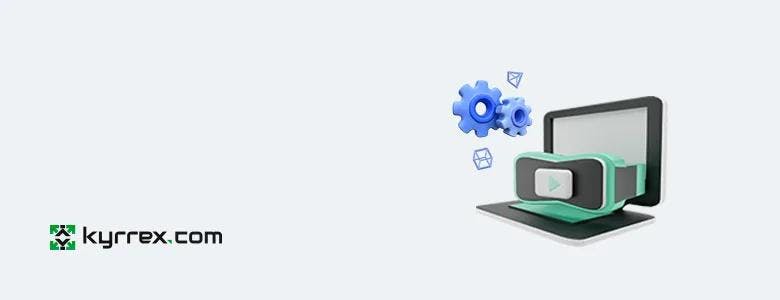
Metaverse is a portmanteau of Meta and Universe. As currently understood in the crypto space, the metaverse democratizes the virtual experience and broadens access to gaming, social and other worlds for the ordinary user.
Even though the metaverse is still in its infancy, the broader concepts that all NFT metaverse platforms operate by have been fairly well established. Let's go over some of the features of the next generation of the blockchain revolution, especially compared to real-life practices.
Metaverse Currency
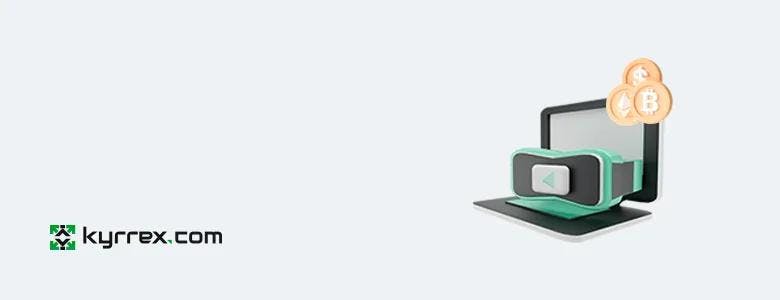
What is a metaverse currency, you might wonder. Simply put, it's the in-world currency for a virtual platform. In the blockchain space, this refers to utility tokens of virtual-world platforms.
In the real world, we spend legal tenders on goods and services. We pay value in return for products of equal value. What qualifies as acceptable currency in one country might not be accepted in another.
Things are a bit similar, but also different, in the metaverse. On any specific metaverse platform, there's one single "universe" which all virtual residents belong to. Everyone buys and sells using the utility token of the metaverse. In The Sandbox metaverse, users pay for trades in SAND tokens.
On the other hand, the metaverse shares similarities with the current political system of countries with their different economic models. Despite, or perhaps because of, the centerless nature of NFT-based worlds, each platform has its own rules and tools with little to no crossover.
A user in The Sandbox cannot move their LAND asset over to the Axie Infinity universe. Nor can they purchase assets on Axie with the SAND token. This is so even though both platforms are based on the Ethereum network.
The same restriction applies for cross-chain crossovers. Much like you need to convert your local currency to US dollars to buy stuff in the United States, you must hold the token that a virtual world supports to live, work, relax, perform or play games there.
According to DappRadar which tracks crypto data, there are currently over 1200 blockchain games. Most of them have their own utility tokens which users need to join the in-game world.
Metaverse Growth and Prospects

Data from crypto research firm Macro Hive shows that a basket of metaverse coins rallied 37,000% in 2021, an eye-popping increase whichever way you slice it.
Though the basket contained just 5 coins—Axie Infinity, Decentraland, Sandbox, Enjin Coin, and GALA, the findings apply broadly to most serious blockchain-based virtual world tokens.
This implies that the metaverse is only going to keep growing as new technology emerges that brings the world closer to the dream of a fully-realized VR experience. It also signifies investors' confidence in the long-term prospects of decentralized virtual reality innovations.
Everyday, new entrants arrive on the scene as people try to replicate the success of Decentraland and Axie. Though there will assuredly be more duds than success stories, the trajectory keeps moving inexorably in favor of middleman-less mixed-reality experiences.
Can There Be a Single Metaverse?
There is just one single internet but a multitude of websites and online experiences based on it. This seems to be the way the metaverse NFT experience is going. Initially, there was talk of creating a single super virtual universe, where everyone can work, live, and have fun.
The proliferation of different projects, all using the metaverse moniker for hype, makes this a tall order. It's more likely that the current status quo is maintained. Blockchain will remain the backbone for multiple metaworlds with unique selling points for users.
The Holy grail of new virtual worlds would be free movement across the crypto metaverse. This doesn't look feasible anytime soon, because of how the underlying blockchain networks operate. Currently, most distributed ledger networks are not cross-compatible. Transferring tokens across blockchains needs special platforms called bridges.
Perhaps in the future, bridges would be automatically integrated into every metaverse platform. Then users can freely move their avatars and assets across virtual worlds without even thinking about it.
What Will We Spend in the Metaverse?
This looks like a simple question. Of course, we will spend the utility token of each virtual ecosystem. Players in Alien Worlds, for instance, need to obtain the in-world currency, TLM, to acquire and upgrade their crafts.
But this question is worth asking again in a broader and more long-term perspective. The metaverse just isn't about creating virtual social systems, it's also a test case for the enduring utility of cryptocurrencies.
According to Haim Israel, a strategist for Bank of America, the metaverse is where people will really start using crypto as currency. Which begs the question: Which cryptocurrencies?
With most fiat currencies in the world, what you see is what you get. You know what to expect from them, the rough value you can obtain from a unit of the currency. You know that if the value of the money rises or falls, it will do so slowly.
This isn't the case with cryptocurrency tokens. The industry has moved so far away from its original goal as a decentralized payment system (although some coins are still that). Now, most major crypto coins serve another role as investment assets.
Digital currencies in general are just so volatile. They can fall rapidly and rise at unbelievable speeds, to absurd levels. Ideally, a currency is expected to be more or less stable. Hence, there are problems with the existing metaverse payment model.
Take a popular token like SAND. It's current value is in excess of 5 dollars. This is from less than 4 cents at the beginning of the year. As it keeps increasing, the cost for new users to join the Sandbox ecosystem by buying LANDS keeps rising. This can and will discourage many people from joining.
On the other hand, if a bear market strikes and the token takes a sharp fall, the rewards for performing activities on the ecosystem will also reduce in value. This will disincentivize many people from using the platform. Whether the token rises or falls, there's always a catch.
So, to reframe the question, what will we spend in the metaverse in the future? To keep everyone happy, what should we spend?
NFTs as the Metaverse Currency
Can NFTs act as the currency of the metaverse? This scenario is unlikely, for several reasons that should be fairly obvious.
First, NFTs aren't fungible; currency is. A fungible token is divisible, and all equal units are identical. An NFT has cryptographic properties that make it unique from every other NFT out there. Or so goes the theory.
NFTs are also digital representations of something. They're always (audio)visual. They kind of have to be. In contrast, you don't need to actually see money to spend it, whether in the real or virtual world.
We already noted that the lands, avatars, characters, weapons, buildings, and other assets in these virtual worlds are actually NFTs. Now imagine using your land or car as a currency. It would be an absolute nightmare.
Stablecoins to the Rescue
The aforementioned Haim, who is head of global thematic investment strategy at BofA, suggests that some type of stablecoin is needed.
This looks to be the most sensible solution for all. Stablecoins are a type of crypto that mirror the value of a (strong) fiat currency, such as the US dollar.
This type of coin will bring stability to the metaverse. People will know what their rewards for participating in virtual-world activities will be. New entrants will also know how much they need to pay for assets. The value-cost tradeoff will encourage persistent activity. The value of assets can still rise or fall, but more organically than the current system allows.
More importantly, it's easier to use a stablecoin across multiple blockchain networks because of their inherent stability. Hence, this type of crypto can help to unite the various NFT metaverses into one self-sustaining system.
